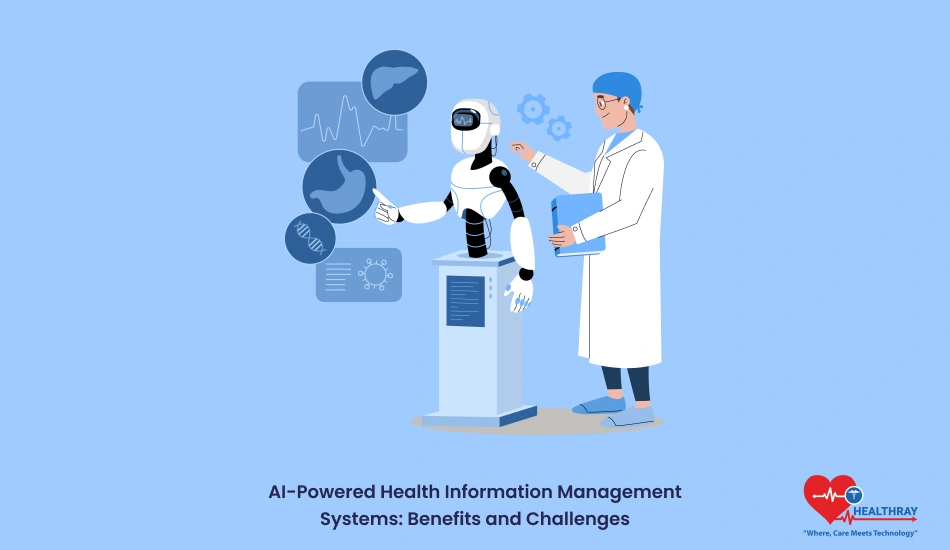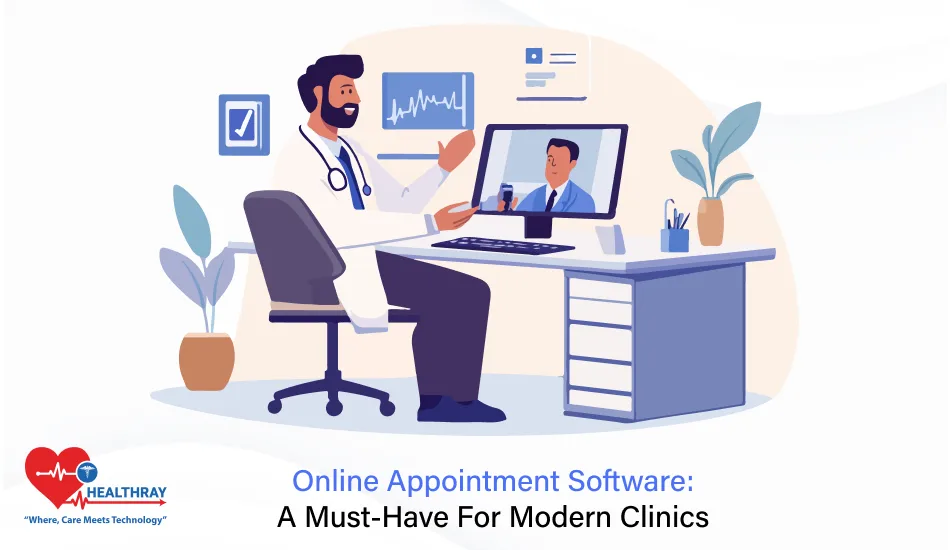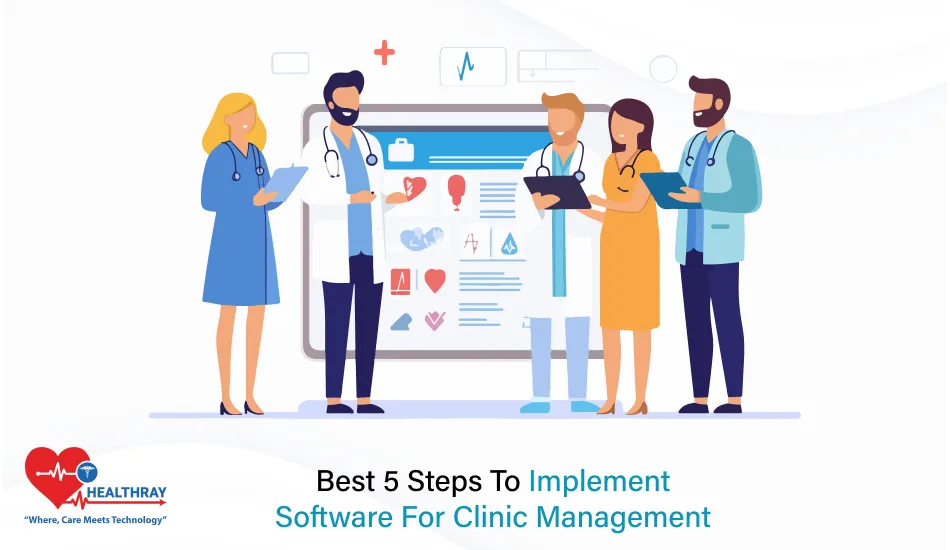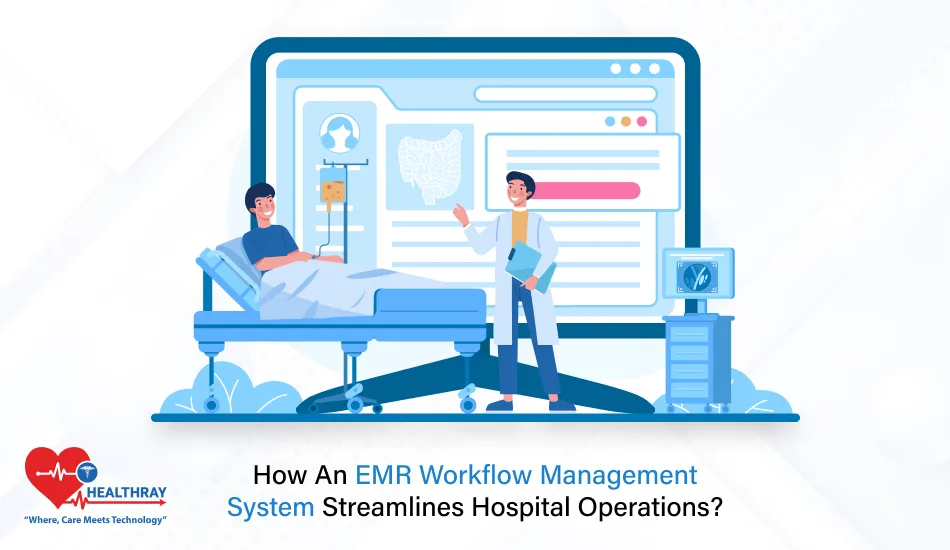AI-powered hospital management systems are transforming the way healthcare organizations handle data. These systems utilize artificial intelligence to manage, analyze, and store health-related data, offering faster, more accurate, and more efficient operations. Healthcare administrators are drawn to the promise of streamlined workflows, while tech developers find value in their potential to innovate patient care.
The biggest draw is their potential to handle large volumes of sensitive health data while reducing manual errors. From ensuring compliance with regulations to offering predictive analytics for better decision-making, these systems are shaping the future of healthcare.
But, like every technological leap, they come with a mix of challenges and benefits. In this post, we’ll explore how these systems are helping healthcare organizations thrive and what hurdles still need to be addressed. Stick around to understand if implementing one is worth the investment.
Benefits of AI-Powered Health Information Management Systems

Healthcare organizations are increasingly adopting AI-powered Hospital Information Management System because of the tangible improvements they bring to operations and patient care. Here are some key benefits:
Enhanced Data Accuracy and Accessibility
AI systems can analyze vast amounts of data with minimal errors. They centralize patient records, making them accessible to authorized personnel across departments. This reduces miscommunication and ensures care providers have up-to-date information at all times.
Streamlined Administrative Processes
By automating repetitive tasks like billing, appointment scheduling, and claims processing, these systems free up staff time for more critical responsibilities. This boosts overall efficiency and reduces the likelihood of delays or mistakes in administrative workflows.
Improved Patient Care
AI helps identify patterns in patient data that might be missed by human analysis. For instance, predictive analytics can alert doctors to potential health risks before they escalate, enabling early intervention. This proactive approach enhances patient outcomes.
Regulatory Compliance
Staying compliant with ever-changing healthcare regulations can be challenging. AI-powered systems assist by monitoring data and workflows to ensure adherence to policies like HIPAA. They also maintain detailed records, which are crucial during audits.
Cost Savings
Despite the high initial investment, these systems often reduce long-term costs by optimizing resource allocation, minimizing waste, and preventing costly errors. Their ability to automate tasks and reduce human labor also contributes to savings.
Scalability and Adaptability
As healthcare organizations grow, so does the volume of data they manage. AI systems are scalable and can handle increasing workloads without compromising performance. They can also adapt to new technologies, making them future-proof investments.
Challenges of AI-Powered Health Information Management Systems

While AI-powered systems bring undeniable advantages, their adoption comes with challenges that healthcare organizations and tech developers must navigate carefully. Here’s a breakdown of the most pressing issues:
Data Privacy and Security Concerns
Healthcare data is highly sensitive, and breaches can have severe legal and financial consequences. AI systems, although advanced, are not immune to cybersecurity risks. Organizations must invest in robust security measures to protect patient record management systems from unauthorized access and attacks.
High Implementation Costs
The upfront cost of integrating AI systems into existing infrastructure can be a significant barrier, especially for smaller healthcare providers. Expenses include hardware upgrades, software licensing, training staff, and ongoing maintenance.
Integration Complexity
Seamlessly incorporating AI systems with legacy software and hardware often proves challenging. Compatibility issues can lead to delays and additional expenses. This complexity demands skilled IT professionals and careful planning.
Resistance to Change
Healthcare staff may resist adopting AI systems due to fear of job displacement or the steep learning curve associated with new technology. Without proper training and communication, resistance can hinder the system’s effectiveness.
Ethical and Legal Considerations
The use of AI in decision-making raises ethical questions. For example, if an AI system fails to diagnose a condition accurately, liability becomes a gray area. Clear legal frameworks are still evolving to address these concerns.
Need for Continuous Updates and Maintenance
AI technology evolves rapidly, which means systems must be regularly updated to stay relevant and effective. This ongoing need for updates can be costly and time-consuming, especially for organizations with limited IT resources.
Limited Data Quality and Bias
AI systems rely on the quality of the data they process. If the input data is incomplete, outdated, or biased, the system’s outputs will also be flawed. Addressing these issues requires rigorous data curation and validation processes.
Best Practices for Implementing AI-Powered Health Information Management Systems
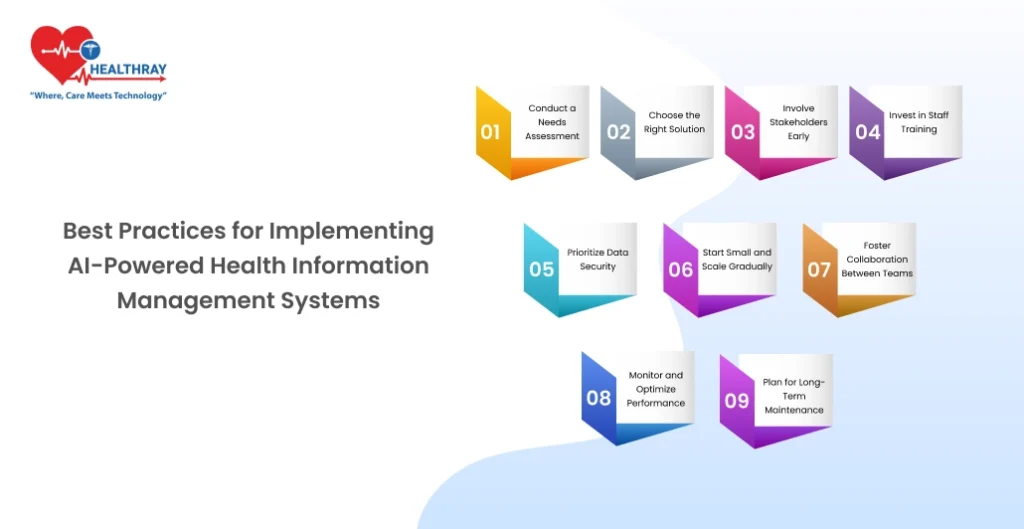
Successfully adopting AI-powered health information management systems requires strategic planning and thoughtful execution. Below are best practices to ensure a smooth implementation and long-term success.
Conduct a Needs Assessment
Start by identifying specific challenges your organization faces with current health information systems. Pinpoint areas where AI can bring the most value, such as reducing errors, speeding up processes, or enhancing data security.
Choose the Right Solution
Not all AI systems are created equal. Understanding how AI enhances decision-making helps organizations choose tools that deliver real value. Evaluate options based on scalability, compatibility with existing infrastructure, and ease of integration. Choose a solution tailored to your organization’s size, budget, and technical capacity.
Involve Stakeholders Early
Involve key stakeholders—administrators, IT teams, and end-users—early in the decision-making process. This ensures buy-in and reduces resistance to change by addressing concerns and setting realistic expectations.
Invest in Staff Training
AI systems are only as effective as the people using them. Train staff to understand how the system works, interpret its outputs, and leverage its capabilities in day-to-day operations. Regular training sessions help users stay updated as systems evolve.
Prioritize Data Security
Implement strong security measures to safeguard sensitive patient information. This includes encryption, multi-factor authentication, and regular security audits. Compliance with legal standards like HIPAA should be a core focus.
Start Small and Scale Gradually
Begin with a pilot program to test the system’s functionality in a controlled environment. Use the insights gained to fine-tune the implementation process before scaling up across the organization.
Foster Collaboration Between Teams
AI implementation is not just an IT project. It requires collaboration between medical staff, administrators, and developers to align goals and ensure the system meets the needs of all users.
Monitor and Optimize Performance
Regularly monitor the system’s performance and gather feedback from users. Use this information to make necessary adjustments and upgrades, ensuring the AI remains effective and relevant over time.
Plan for Long-Term Maintenance
AI systems require ongoing maintenance to stay updated with technological advancements and regulatory changes. Allocate resources for software updates, hardware upgrades, and technical support.
By following these best practices, healthcare organizations and tech developers can maximize the benefits of AI-powered health information management systems while mitigating potential risks.
Conclusion
AI-powered Hospital Information Systems are revolutionizing how healthcare organizations operate. From enhancing data accuracy to streamlining administrative tasks and improving patient care, their potential is transformative. However, challenges such as data privacy concerns, high costs, and integration complexities demand careful planning and execution.
For healthcare administrators, these systems promise operational efficiency and regulatory compliance. Tech developers are presented with opportunities to innovate and address real-world problems. By understanding the benefits, anticipating challenges, and adhering to best practices, stakeholders can harness AI to create a more efficient, patient-centered healthcare environment.
The future of healthcare depends on how effectively we integrate these systems into everyday operations. With the right approach, AI can be a powerful ally in delivering better care while addressing the growing complexities of health information management.
